STEEL HORIZONS | TAMPA: Constructability with Dave Cooper
⏱️ 8 min read
What makes a building easier, faster, and more efficient to construct? That’s the question Dave Cooper brought to the fore at STEEL HORIZONS | TAMPA, where he unpacked the concept of “constructability.”
Welcome to the STEEL HORIZONS Speaker Spotlight, where we break down the most thought-provoking moments from the Tampa event - and explore what they mean for the world of construction.
Dave’s no stranger to the STEEL HORIZONS stage. In London, he looked at fresh ideas driving innovation in the built environment. In Boston, he zoomed out to examine the global megatrends reshaping the industry. This time, he zeroed in on constructability - what he defines as “the ease and efficiency with which a structure or project can be built.”
Constructability is not an afterthought, but the mindset from day one.
It is about reducing complexity from day one - getting the right people in the room, choosing the right tools early, and building systems that deliver more with less.
Constructability begins with alignment
Constructability is a design mindset, and it works best when collaboration starts early. The Vessel at Hudson Yards in New York proves the point. Built from 75 prefabricated "flying bones," its success came from process, not simply form.
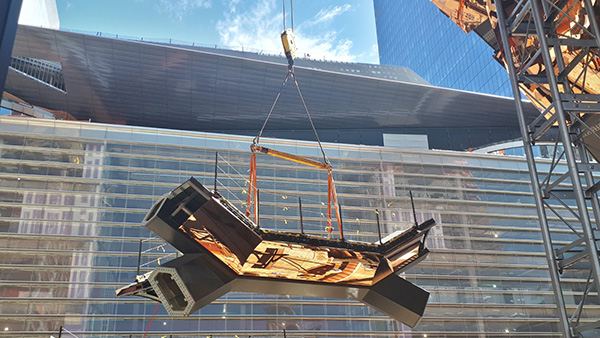
Architects, engineers, and contractors worked in sync from the start. As the team told Dave,
"We weren’t just imagining the end structure - we were imagining how to actually assemble this."
With every joint assessed in advance and components prefabricated to the millimetre, the structure went up with minimal adjustment. The result: less waste, faster build, tighter tolerances, fewer headaches. When construction methods shape design - and when builders are at the table early - everything runs smoother.
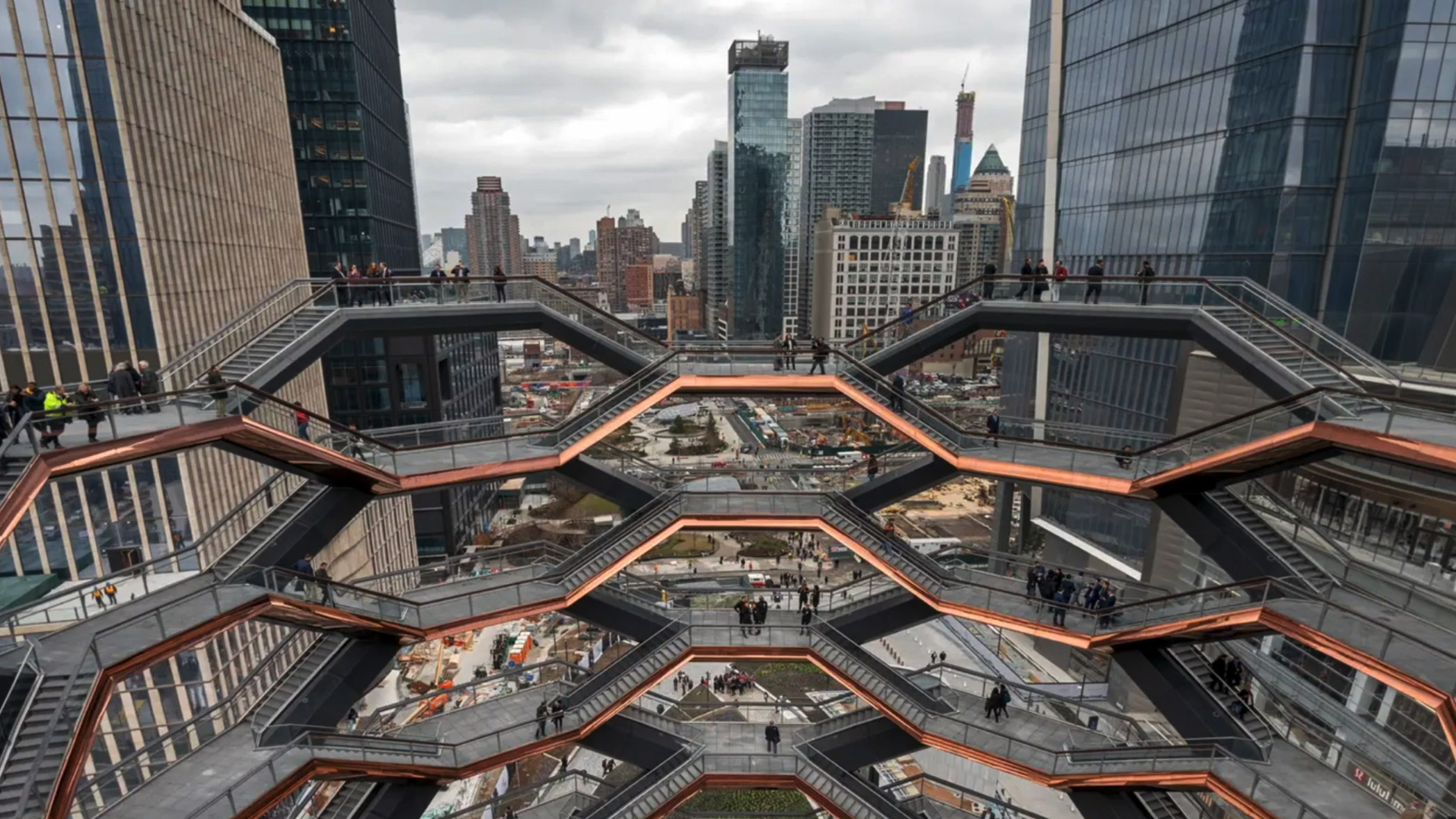
Digital Twins are reshaping what constructability means
Today, the build process does not begin onsite, it begins in the model. Digital twins are changing the way teams plan, deliver, and manage the lifecycle of buildings.
Plant Prefab is a California-based company that focuses on urban infill and multifamily modular construction. Using a virtual design and construction (VDC) process, Plant Prefab digitally resolves critical connections and services, like integrating low-voltage wiring systems, before anything hits the production line.

Every module is modelled for assembly, not just approval.
“Their systems help them reduce risk, assess performance, mitigate costs and schedule overruns. So in other words, build it once digitally and then build it more efficiently in the field.”
Home@ix brings the power of the digital twin to the homeowner. Their platform lets buyers design a home online, with real-time pricing and carbon impact updates. Behind the scenes, it connects to vetted suppliers and locks in logistics. A live carbon dashboard even helps customers qualify for financing and carbon credits, which can save them up to 25% on their mortgage.

Gropyus extends the digital model into long-term operations. Their Building Operating System (BOS) measures performance of the built structure and delivers predictive analytics to property managers and building owners. This leads to less energy being consumed and lower maintenance costs, as owners gain full transparency over the building’s lifecycle.
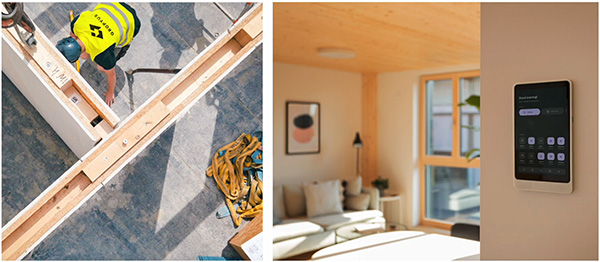
These aren’t just clever tools. They are proof that constructability now lives well before and long after the actual ‘building’ phase.
Clever systems that simplify the build
Clever build systems are also having an impact in reducing rework, cutting installation times and minimising skilled labour.
Dave points to Howick’s X-TENDA™ 3600 telescopic framing system here. Designed to expand vertically and horizontally, it can be installed onsite without any remeasuring or cutting. For the 123-apartment Victorian Lane project, it cut installation time in half and significantly reduced waste.
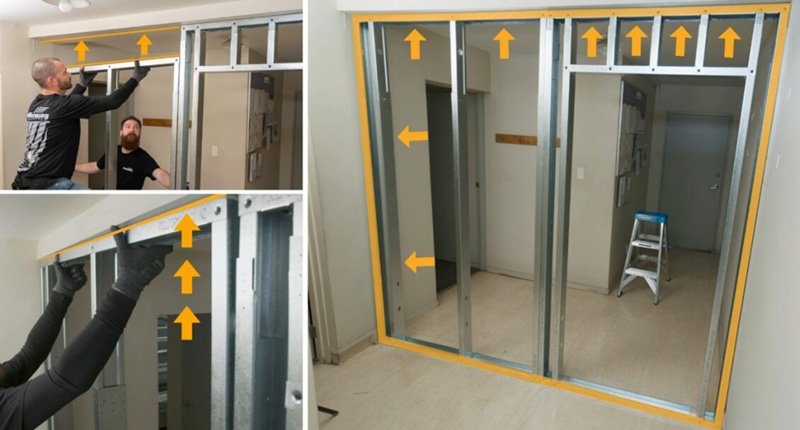
British Offsite is another standout. Their Unisystem integrates structure, insulation, and services into a single enclosed panel. This dramatically reduces onsite trades and simplifies sequencing. Built for speed, precision, and repeatability, it is a system that makes large-scale and affordable housing both viable and efficient.
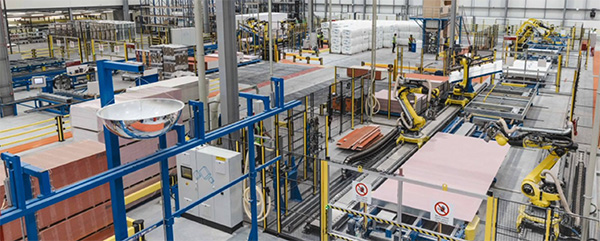
Service-heavy fitouts also benefit from this thinking. MCP’s pre-assembly MEP wall kits arrive in crates, ready for plug-and-play installation. Victaulic’s mechanical systems offer tool-free pipe joints that can be assembled, disassembled and re-routed with minimal effort.
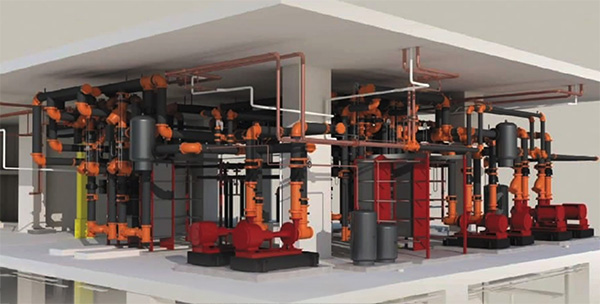
Whether it is adjustable framing, pre-integrated envelope systems or plug-and-play services, the lesson is the same: smart systems reduce steps. And fewer steps mean fewer delays.
Smarter compliance, fewer bottlenecks
Even the best systems stall without smooth quality control and compliance. So it is no surprise that new tools are emerging to cut red tape and keep things moving.
Blitzz and Noah use AI and camera systems to perform third-party virtual inspections, replacing slow, manual factory checks. That keeps production rolling while improving the reliability of inspections:
"AI and cameras are much more accurate than our physical eyes."
Meanwhile, Code Comply is rethinking how we submit permits. Its AI connects builders with local departments, helping automate plan reviews and reduce back-and-forth delays.
Compliance might not be flashy, but smoother approvals lead to smoother, more profitable projects.
Together, these tools remove a critical layer of drag. Here, constructability is about removing the delays that stop things from moving forward in the first place.
Manufacturing on demand and delivering to the edge
Every job has constraints - tight timelines, tough access, remote locations. New production models are making it easier to adapt.
Reframe Systems, founded by ex-Amazon logistics professionals, is building micro-factories that produce light framing systems tailored to local codes and styles. Using robotics and smart software, they fabricate regionally to reduce shipping and simplify compliance.
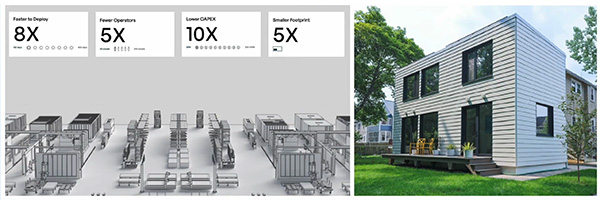
At the UPMC Health Centre, ICG set up a temporary factory beside the site to prefabricate bathroom pods. The impact: 300% more production, 50% less labour, and a predicted $5 million cost saving. When the project wrapped, the factory was packed up and moved out.
For remote jobs, prefab can be the most viable option. Guerdon Modular Buildings delivered complete modular units to a port in Alaska for a smooth installation, despite the extreme conditions. Meanwhile, the world’s largest modular manufacturer, Turkey’s Dorche, successfully installed their solution 10,000 feet (3,000 metres) up a mountain side, successfully navigating limited access and harsh weather using offsite methods alone. This kind of agility is becoming the standard.
Skilling up for the future
As impressive as all this technology is, we need people who know how to use it. The talent gap is real, but there is momentum building.
“There are people out there starting to do this in a very big way,” says Dave.
Aaron Graven from Lake Erie Electric and the E-Mobility Advisory Board are training students in drone tech, electrical systems, and air mobility. Trimble is working with universities like Florida A&M and Ohio State to teach tools like HoloLens, Tekla, robotics, and Total Stations. On another front, Offsite Construction School is equipping students with skills in digital fabrication and automation.
With so much change happening, it will take a massive lift in young talent to get there, but if you are hiring, these are the emerging hubs of talent to watch.
Ready to build? What’s next?
The tools and systems we once called the future - BIM, prefab, digital workflows - are now just the baseline. As Dave pointed out, they are part of the picture, not the whole.
What comes next will be shaped by how open we are to change. Constructability isn’t just about improving how we build - it is about rethinking what is possible when we do. The opportunity is here. It is up to us to decide how far we want to take it.
Stay tuned for more insights from STEEL HORIZONS | TAMPA, and if you’re ready to transform the way you build, let’s talk.